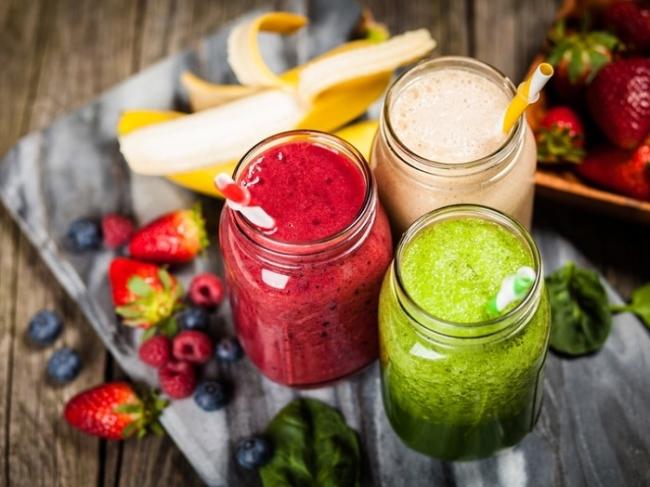We all want a toned body with low fat and high lean muscle mass, but we can hardly achieve the desired shape because of living and working conditions if we don't have basic knowledge and time.
How do you gain muscle and lose fat at the same time?
This is a question that many people around the world ask, but not everyone understands the basic principles of muscle gain and fat loss and how these two processes happen at the same time in the same time.
In this article, we will learn the principles of gaining muscle and the principles of fat loss; then combined, you will have an overview to know how to lose fat gain muscle simultaneously.

We have gone through articles talking about energy balance in weight management, weight gain, and loss. Only when you have the surplus or energy deficit that fits your goals can you begin to think about Fat Gain.? When it comes to gaining muscle and losing fat, the 2 most important things we need to consider are:
- How to increase minimum fat during muscle gain?
- How to minimize muscle loss during a fat loss?
And that is also the content of this article. We will talk about The Principle of Muscle Gain, The Principle of Fat Loss, Decoding some common myths, and summarizing the most important steps in gaining muscle and losing fat. Now BellyFatZone invites you to refer to this article together!
I. PRINCIPLES OF INCREASE
Ensure excess energy
To ensure weight gain, no matter whether muscle or fat, we must use excess energy. The amount of excess energy for most people should be about 300-500kcal 1 day to ensure muscle growth and minimize excess fat. Weight Management Principles
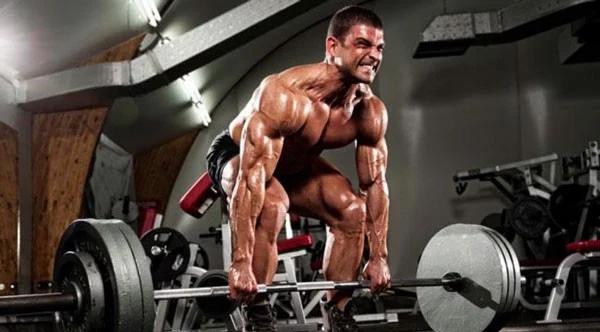
If the excess energy is too large (> 1000 calories), in addition to muscle growth, it will significantly increase the rate of fat tissue formation and lead to many consequences as follows:
- Skinny fat. If you are new to training and are still thin, if your body tends to form fat tissue faster than muscle tissue (“genes”), then the excess intake will make you fall into the Skinny Fat phenomenon – i.e., is not looking fat, but much fat, hiding muscle.
- Negative effects on mobility. This is almost taboo for professional athletes or young people playing sports who want to build muscle strength to improve performance. As you develop muscle, weight increases, but strength also increases, so that's not a problem. However, if you add a lot of excess fat, it will certainly affect your mobility (speed, flexibility, etc.) because fat has absolutely no power generation function.
- Muscles will not be as sharp. This is merely an aesthetic issue.
Also, keep in mind that when the percentage of body fat is too high (> 20% for men), the current body environment is not optimal for muscle gain.
To maintain a reasonable amount of calories, the weight you want to gain will certainly be better if it is mainly muscle, not excess fat.
Ensure adequate protein intake (PROTEIN)
To gain muscle, basically, you have to make sure that muscle protein synthesis is greater than muscle protein synthesis (> Muscle protein breakdown) to maintain a positive nitrogen environment in the body.
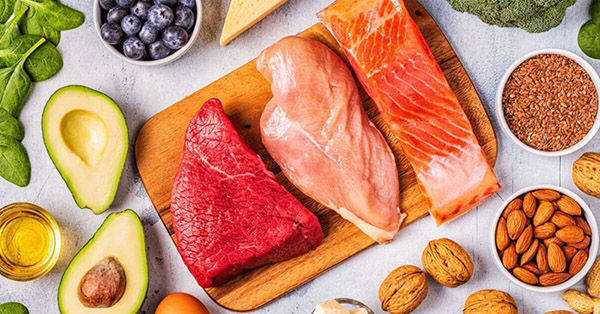
The most important factor in maintaining a positive nitrogen balance in the body is to provide enough complete protein for it.
This can happen in both energy deficit and excess environments. However, an environment with excess calories with 1 percent fat is not too high; as mentioned, it will create favorable, optimal muscle anabolic conditions.
The recommended amount of protein for an adult is about 1.8-2.2g / kg body weight.
For example, if you weigh 60kg, you must eat between 108-150 grams of protein per day to maintain the optimum nitrogen-positive environment for anabolism.
It sounds like a lot, but if your meal is full of rice, vegetables, and 200 grams of meat, you should already have around 50-60 grams of protein.
Also, if you cannot get enough protein through your diet due to work or some reason, then you can completely get a whey protein supplement …
Guaranteed muscle stimulation
Nutrition is a necessary condition; a sufficient condition for muscle gain is stimulation. If muscles are not awakened, stimulated, and signaled to the body to increase protein synthesis, you will not gain muscle.
Therefore, resistance training is a must always come with it. Exercising with proper mass, intensity, and performance will increase muscle damage, increase metabolic pressure and increase the sarcoplasmic hypertrophy's capacity to store the muscle fibers' non-contractile components to help you increase muscle mass—More fruit. In the context of the article on nutrition, we will not talk in detail about how to exercise here. You can refer, read more here:
In case you have your own practice, do not forget the principle of gaining weight and gaining muscle to ensure continuous and long-term development …
II. PRINCIPLES OF FAT reduction
Ensure the deficit of calories
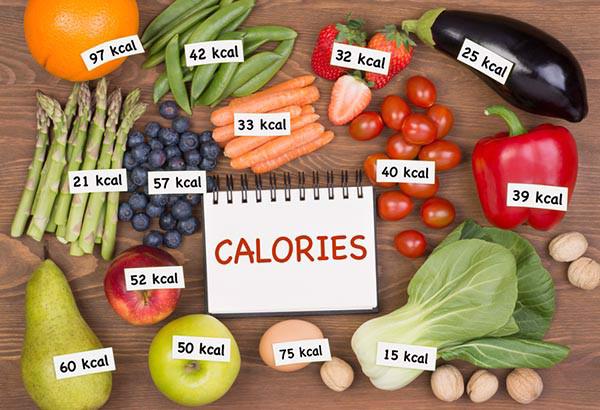
The calorie deficit when losing fat is often divided into two ways,
- 1 is a moderate deficit
- 2 is a large deficit.
Moderate deficit
A moderate calorie deficit is about 300-500 fewer calories consumed than calories consumed, 500kcal more than a major deficit.
A moderate deficit will be suitable for those with moderate training experience (about 2 years of practice compared to the time criteria) and who do not want to lose fat too quickly.
This level of deficit will limit the risk of muscle loss and physiological dysfunction …
Huge deficit
A large Calorie deficit will be suitable for beginners with a high-fat percentage. The “beginners effect” will help them lose fat quickly and still gain lean muscle and strength at the same time.
However, for those who exercise longer, at lower bodyfat, eating large deficits will have a higher risk of losing muscle mass, losing strength, along with physiological function and health can be affected. Enjoy depending on the level.
It is recommended that you keep calorie intake lower than your TDEE about 300-500kcal 1 day to minimize the loss of strength/muscle during fat loss.
You can keep a deficit of more than 500 calories if you want to lose fat quickly and drastically, but it should be noted that the intake must be greater than BMR to limit the negative effects of fat loss on the body. (As mentioned in part 1 – don't put your body in a state of survival if you don't want to be counterproductive).
Ensure protein intake
When we lose fat, we often need large amounts of protein to limit the risk of losing strength and muscle, in large part because the current home environment is not optimal for protein synthesis.
The advice is that you should consume> 2.2g / kg of body weight.
Guaranteed practice
1 / Resistance Training
Resistance training is essential for muscle retention. This is considered a stimulant, reminding the body of the need for heavy muscle activity, thereby enhancing protein synthesis, keeping nitrogen balance stable, and tilting in a positive direction.
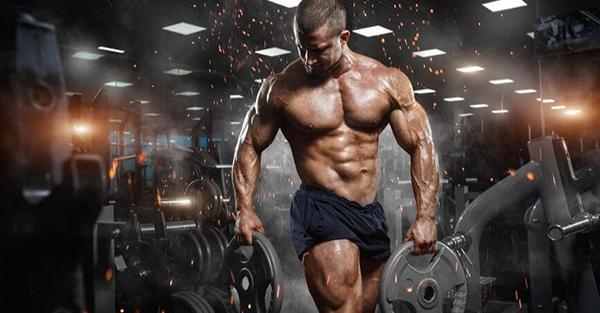
As mentioned in muscle gains, when you stimulate your muscles to increase protein synthesis, plus a little extra energy, your muscles grow.
In fat loss, exercise also plays a stimulating role, but due to a lack of energy, muscles will be difficult to grow, but it will HOLD not to lose too much muscle and strength.
This is very important because muscles and strength are things you have to work very hard to get.
If you lose too much strength when you lose fat, it is a sign that you are losing muscle.
So, choose a few main exercises for each movement and try to keep strength for each of these exercises during fat loss (gain better – a sign of not losing muscle mass and strength. The nervous system's strength is improved).
Losing fat is like reducing the amount of gas for a car; the car can go shorter (endurance is affected by lack of energy), but the maximum power and speed can still be maintained.
Note: there will be exceptions when you can still gain muscle during fat loss. Which are those cases? You can read the decoding of the myth at the end of the article.
2 / Cardio

Cardio also plays a necessary role in fat loss, in addition to increased caloric intake, contributing to a calorie deficit; cardio also plays a role in muscle retention and development such as:
- Increased muscle anabolic signaling
- Increased muscle anabolic response to insulin and nutrition.
- Increase amino acid transport
- Increased blood circulation and heart health
- Reduce myostatin
- Reduces inflammation
- Increase mitochondrial activity
However, it would help if you did not exercise cardio for too long in a state of lack of calories; our body will likely burn muscle tissue to get amino acids for energy, especially in slow motion in the long run.
Running slowly for long periods of time is part of the low-intensity exercise group. The Oxidative energy system will play a key role in providing energy for this activity.
As detailed in the Law of Energy Conservation, the Oxidative system uses starches (carbs) first, followed by fat (adipose tissue) and protein (muscle tissue).
In a state of energy deficit, it is more likely that this system will increase the rate of burning more fat and muscle tissue and lead to “muscle loss” if you overuse …
The above article (in the Oxidative System section) explains why marathon runners can get pretty crippled, which is a testament to the muscle loss caused by working too long in intensity. Low level …
So, instead of running slowly for a long time, in the fat loss phase, run at a higher intensity but for a short time (less than 30 minutes) to force the body to mobilize sources other than protein energy. If you want to be more sure, don't forget to get enough protein in your pre-workout meal !!
III. Decoding Myths About Fat Gain Muscle Growth
Myth 1: Increase Muscle Lose Fat at the same time?
Fat gain and loss are the goal and saying that many people mention the most and the desire of almost everyone when entering the training path.
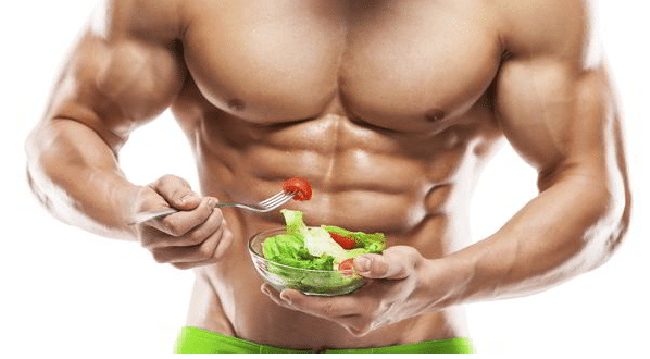
However, gaining muscle and losing fat at the same time is difficult and sometimes impossible for some people, except in the following cases:
- Beginners, not familiar with stimulation
- People who return to practice after a long time
- People with very tall body fats
- People taking exogenous hormones, steroids
- People with good “genes.”
- Suppose you are not one of these subjects and still want to gain muscle and lose fat at the same time. Then there is still 1 way.
These are keeping the energy deficit small (200-300 calories), getting enough protein (> 2.2g protein/kg body weight), exercising hard, and trying to keep or increase strength throughout. Process.
However, for this method, you have to put in a great deal of effort from carefully weighing your nutrient intake and exercising hard. Still, your body changes will happen quite slowly, and you need to. have to be patient to wait for results (if any) …
So, either gaining muscle or losing fat in stages is the better option. Instructions on how to gain muscle and lose fat in the most detailed for gym people
Read more: Can You Lose Fat and Gain Muscle at The Same Time?
Myth 2: Abdominal exercises help reduce belly fat? Exercises to make the waist slim? Small thigh exercises? …
Many studies have proven that we cannot select an area of the body to lose fat.
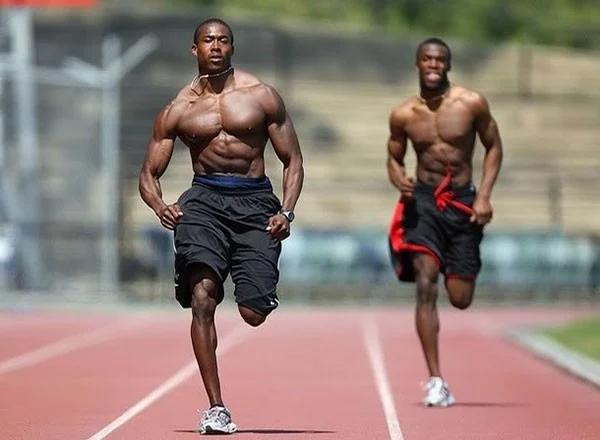
Remember, your body doesn't care where you are beautiful or bad or where you want to lose fat… If there is excess energy, it will be stored in the easiest place to store.
If there is a shortage, it will burn in the easiest places to burn. And this depends on the “gene” of each person, namely the composition and the balance of hormones in the body.
For men, the fat will usually store in the abdomen first and pass away last. For women, it will be the buttocks, thighs (before birth), and abdomen (after birth).
And of course, this is just a trend, the majority, not everyone. Some people have higher testosterone or higher cortisol, and the difference in hormones affects the area of the body's fat accumulation …
What does this mean?
This means that abdominal training will not help you lose belly fat faster; hand training will not only help you lose fat in your hands …
Instead, do exercises that require strength, combine many joints / large muscle groups to keep muscles, exercise more cardio moderately to burn less energy intake, eat sensibly, aim to lose fat. Body, and finally let your body decide where it will lose fat first and last.
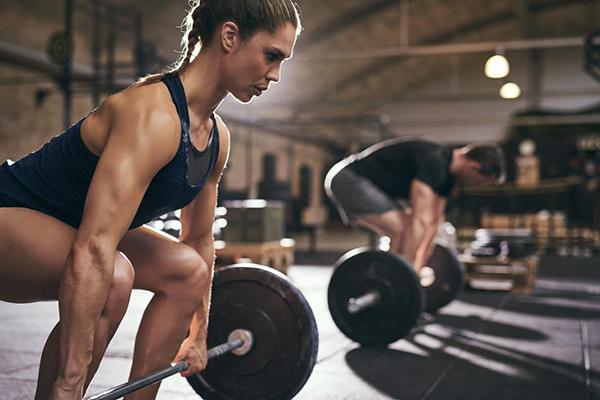
When the% of your body fat is in the good range, you will automatically be in the desired shape.
Bonus: In fact, according to personal experience and shared by some famous coaches in the world (although it is still scientifically proven), fat loss in each part is still possible.
But it requires quite complex training and out-of-exercise activities, along with the help of supplements to help improve the composition and hormone balance in the body, not the body. Simply crunching or doing more exercises in a certain area …
However, in the article's scope, I will not go into here, but I just want to emphasize that: reducing total body fat% is still the safest and surest way to achieve the desired body. And it would help if you focused on that instead of focusing on reducing the individual parts.
CONCLUSION
In short, from both parts, here are the things you should do to achieve your Muscle Gain or Fat Loss goal:
1. The balance of energy:
Without guaranteeing this “foundation,” you will not be able to do anything else. Keep an excess / deficiency of 300-500 calories, depending on your goal.
Note that you will only balance the calories as accurately as possible, while your intake will likely deviate more. All formulas are relative; no one will calculate specifically how many calories they burn in a day.
So try to measure your calorie intake as well as possible, monitor your weight regularly, and adjust only. If you can't measure it, aim, follow, and adjust.
Tip: You should work out calories in your meals. It is an important life skill. You need to put in a little effort to work the calories at each meal within a few weeks to get used to it.
After that, you will be able to target the energy in your meals roughly accurately. That's why I say calorie counting is an important life skill; it helps you manage your weight in the long run.
2. Macronutrients (mainly protein):
Whether you eat less / more, deficit or excess energy, try to keep your protein intake at a high level (at least 1.8g / kg of muscle weight can). What about starches and fats?
Because, as mentioned in part 1, starches don't make you fat; fat doesn't make you fat. So you don't need to worry too much about exactly how much to load, as long as you don't exceed your daily energy norm.
Tips: for those who want to improve the physical ability and progress in exercise, the priority is higher than fats because the starch will be the main energy source for high-intensity activities. But be careful; starches are also incredibly easy to abuse!
3. Micronutrients:
Remember to eat more vegetables, tubers, and a sufficient amount of fruit to have fiber, vitamins, and minerals. Although they do not directly affect fat gain or exercise, these trace elements are essential for your health.
Imagine your body is a machine, macronutrients are fuel, trace elements are oils, lubricants … Your body will malfunction, and things won't work out if you don't have enough micronutrients. Matter.
4. Timing of nutrition intake:
not as important as 1-2 (unless you are really serious and want to optimize everything as a professional bodybuilder).
Basically, don't practice on an empty stomach and eat a nutritious post-workout meal as soon as possible. If you can get protein at intervals of the day, it's better to stick to 1-2 meals instead.
Tips: Many women go to fried spring rolls with milk tea up to 2000 kcal and do not dare to eat starch after 8:00 pm.
The priority is not to worry about but this. This is also very important and helps us optimize results, but do not worry about building a house without a foundation.
Not being able to manage the energy intake, not control what I eat, and worrying about gaining weight for dinner should not.
5. Dietary Supplement:
As the name implies, you should only consider it a supplement when you do not have the time/conditions to get the required amount of nutrients.
Could you not depend on it too much? The Vietnamese (Asian in general) culinary habits tend to consume less protein (meat, fish …), so it is good to add more from whey when needed.
Besides, if your diet is not full of micronutrients (article 3), you can use multivitamins or fish oil to supplement.
All of the information contained herein is the foundation of Fat Loss Growth and will apply to most people. However, the 80/20 rule always exists, and there will always be exceptions.
How To Build Muscle And Lose Fat At The Same Time: Step By Step Explained
That is when exercise and nutrition need to become more complex to separate the conditions of those exceptions.
View more:
- 25 Secret Tips To Lose Belly Fat Science-Based Will Help You Reach Your Goals Faster And More Safely
- How To Lose Belly Fat Without Losing Weight?
- What Foods To Eat to Lose Belly Fat?
Hopefully, the information above has helped you gain some more knowledge about “how to gain muscle while losing fat” and bring some small value. Please share this article if you feel it is useful. Thanks!

